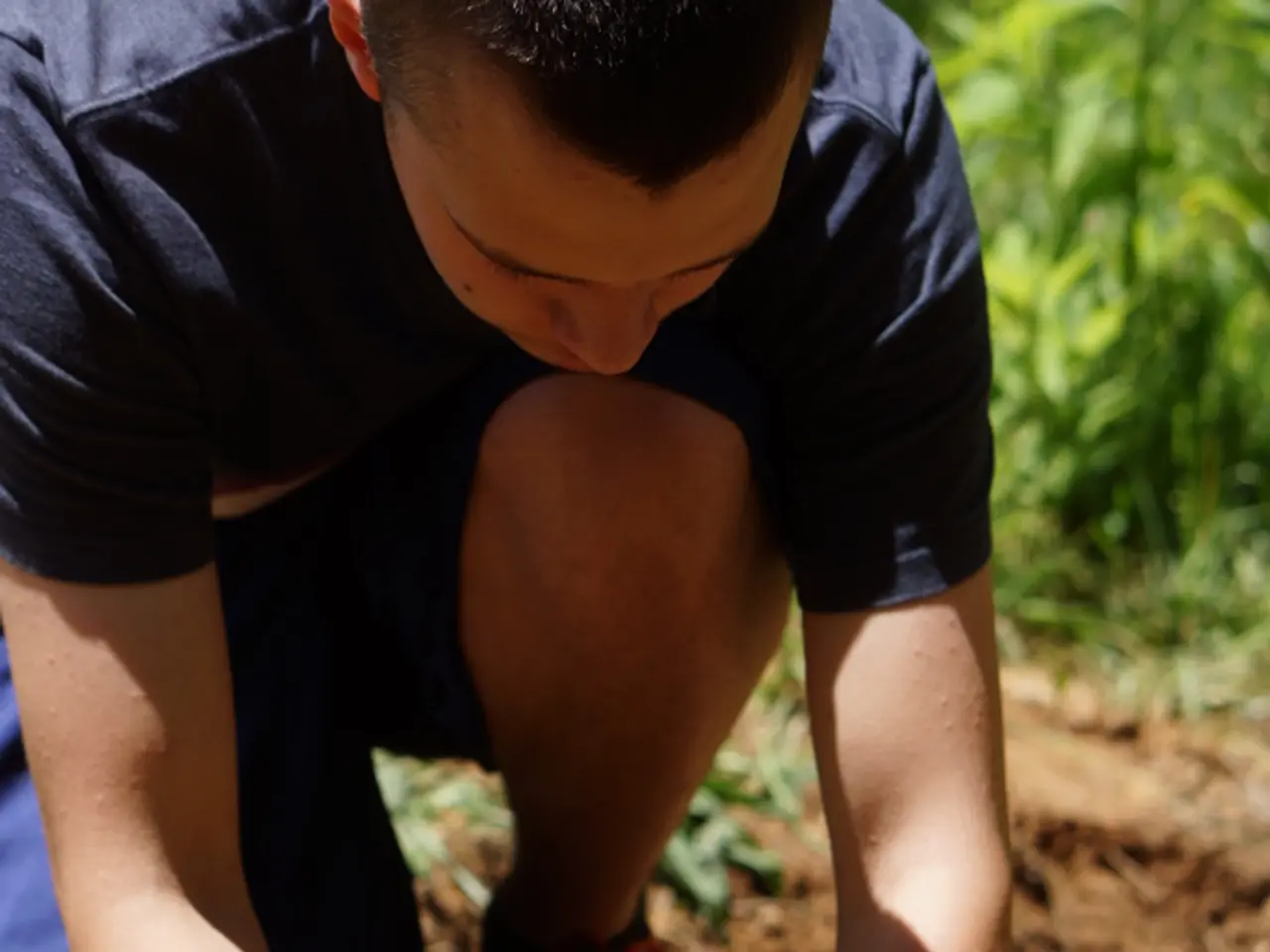Top Eco-Friendly Machines for Eco-conscious Garden Cultivation
In the world of organic gardening, the right tools can make all the difference. A new guide offers a list of essential items for your small, high-value kit, designed to promote sustainability and efficiency.
First and foremost, the guide recommends investing in a hand trowel, pruning shears, a cultivator fork, weeder, and a solar garden light or small solar tool charger. These tools, when chosen carefully, can help you maintain a flourishing garden while minimising environmental impact.
When it comes to selecting these tools, the guide advises prioritising durability, environmental responsibility, and ethical sourcing. This approach aligns with the practices of high-quality, sustainable art materials, although specific tool recommendations are not detailed in the available sources.
To ensure the longevity of your tools, the guide suggests avoiding fancy extras and paying for parts that last. This means choosing tools with repairable parts and recycled or natural materials when possible. Comfort is also key - opt for tools that feel comfortable in your hand, have durable metal heads (steel or stainless), ergonomic handles that reduce wrist pain, and solar-powered motors with clear charging panels.
Proper maintenance is crucial to extend the life of your tools. The guide recommends cleaning tools after use, drying them fully, sharpening blades monthly during the season, oiling metal parts lightly to stop rust, storing solar panels face up, and replacing small parts quickly.
The guide also provides practical advice on the installation and use of a rainwater harvesting system. It suggests picking a downspout near a garden, using a food-grade barrel (50-100 gallons) for rainwater harvesting, installing a spigot near the bottom for water access, and using drip tubing along plant rows with emitters 12-18 inches apart. Covering the drip tubing with mulch can help reduce evaporation and testing the system after a small rain can help catch leaks fast.
Lastly, the guide suggests labelling which emitter goes to which bed to save time and organising your garden for optimal efficiency. By following these guidelines, you can create a sustainable and efficient garden that saves water, protects soil life, and reduces long-term costs. Happy gardening!
Read also:
- Advanced Japanese Technology: Ikejime Robotics for Superior, Ethically Treated Fish, Now Accessible Everywhere
- Vendors on the streets are laborers - they deserve labor rights
- Street vendors are laborers, entitled to labor rights
- Trump Declares 'Internet Users' Are Fawning Over Him in Strange School Address






